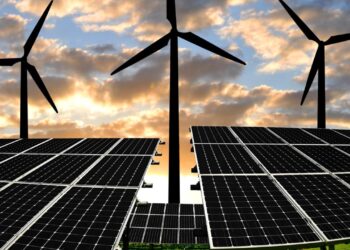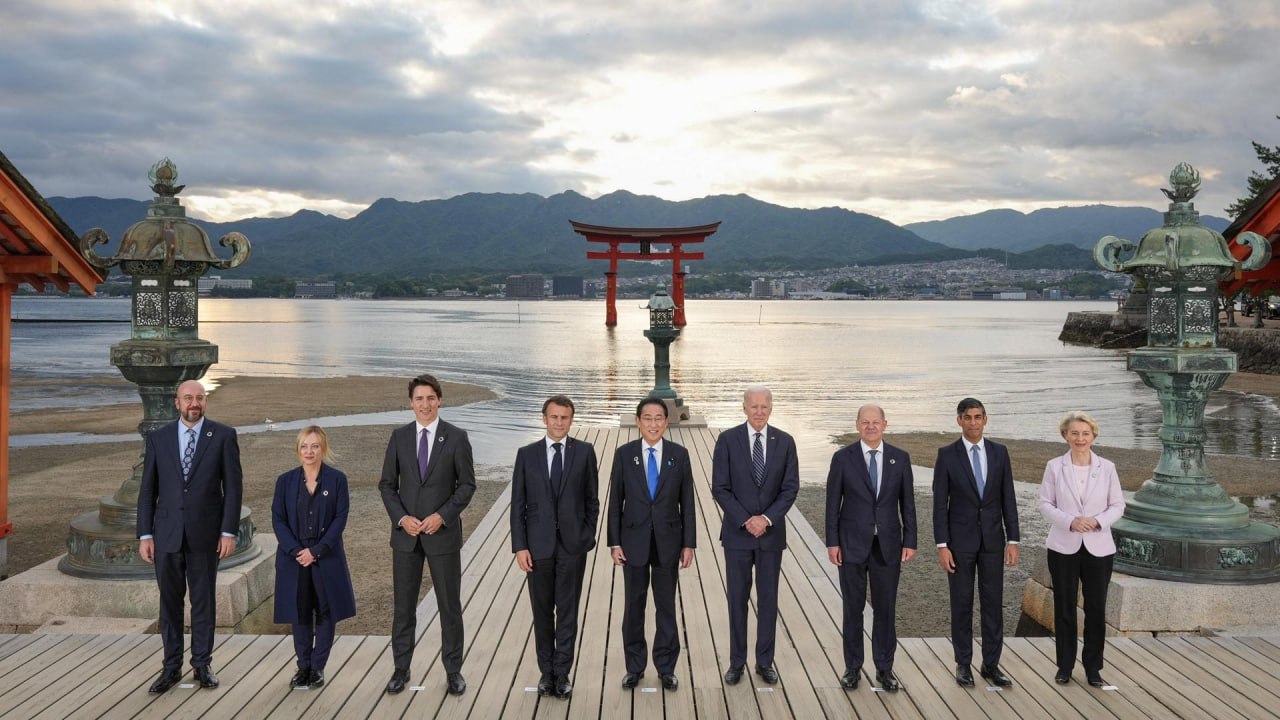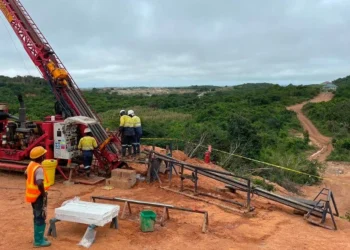The International Energy Agency (IEA) said copper, silicon, lithium and other rare earth minerals are critical for the future of global power systems.
The IEA disclosed this in its latest World Energy Outlook (WEO) released in October and seen by Nairametrics.
These minerals are in high demand in the renewable energy sector, used for manufacturing everything from solar panels to batteries, etc.
Possible supply gaps: In July 2022, S&P Global Market Intelligence projected that global demand for copper will double by 2035, opening up a supply gap that threatens climate goals and poses challenges to net-zero emissions by 2050.
Dubbed the metal of electrification, S&P Global Market Intelligence highlighted the possibility that copper supply shortfalls will begin in 2025 and last through most of the following decade.
Importance of copper: According to the 2022 WEO from the IEA, copper is used extensively in the electricity transmission and distribution grids, but its conductive properties also make it an essential component for low‐emissions power generation technologies such as solar photovoltaic (PV) panels, wind turbines, and batteries.
Rare earth elements (REEs): These very important elements are used to manufacture the permanent magnets for the motors of direct drive and hybrid wind turbines (accounting for 30% of wind power installations in 2021).
Importance of silicon: Silicon is used to manufacture solar panels. As the deployment of variable renewable technologies increases, the need for storage technologies to complement renewable electricity also rises rapidly.
Importance of lithium: Lithium‐ion batteries are the fastest-growing storage technology in the world, making lithium indispensable for future electricity systems.
The global context: The WEO says that substitution and recycling will not be enough to meet the demands of electric vehicles (EVs), power infrastructure, and renewable generation. Copper scarcity may also jeopardize international security. A low‐emissions electricity system depends much more on critical minerals.
- A solar PV installation requires 6 times more critical mineral inputs (7 000 kg per megawatt of installed power capacity) than a natural gas‐fired power plant.
- An onshore wind installation requires 9 times more critical mineral inputs (10 000 kg/MW).
- An offshore wind installation requires 13 times more critical mineral inputs (15 000 kg/MW).
- Rising mineral prices and volatile supply chains which could be affected by geopolitical events should be seen as warning signs to policymakers to pay closer attention to the importance of these minerals for a secure and sustainable energy transition.
The Nigerian context: The solid minerals report from the Nigeria Extractives Industries Transparency Initiative (NEITI), as of 2020, states that the total production volume for 2020 was 71.1 million tons, with a total royalty value of N3 billion. The report said granite, limestone, sand, and laterite were the highest contributors to minerals volume and royalty in 2020. It also says that granite and limestone have continuously dominated output volume and royalty receipts in recent years.
Nigeria’s power sector is lacking in delivery, due to ageing infrastructure, as well as low-level transmission and distribution capacity. So, the country is in dire need of better power systems, which according to the IEA, will be activated by copper, lithium, silicon, and rare earth elements.
Available information indicates that Nigeria is not yet a major global player in the production of copper, silicon, lithium, and rare earth elements. In areas where Nigeria produces some amount of the highlighted critical minerals, data is not yet fully adopted and this hampers investments in the country’s mining sector. According to the Mission Critical Report from the Extractives Industries Transparency Initiative (EITI), the lack of data is hampering Nigeria’s ability to attract sustainable investments in mining.
Why this matters: If Nigeria as a country with an active mining sector is still lacking data on its activities and is not yet a player in copper, lithium, and silicon mining, the country will be left behind in the race to secure a supply of critical minerals needed in the global energy transition. With appropriate data and enough investments in the mining sector, Nigeria can be a critical mineral supplier in the energy transition and also be a beneficiary of improved power systems, especially as the country is currently building an impressive pipeline of solar PV projects for households and businesses.
























Shame to all her leaders if this potentials can’t be harnessed, imagine such huge big potentials and opportunities available for us to tap, Lord please let Peter Obi emerge for am truly convinced in his leadership offering qualities.